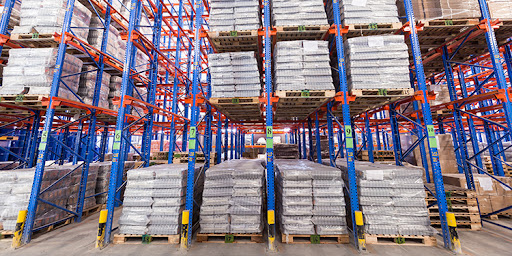The drive-in racking system is the perfect way of upgrading your warehouse. Not only does the drive-in racking system have a competitive edge, but it also makes the supply chain much more effective. A drive-in racking system can work as the perfect solution for many challenges that worry warehouse facilities. Let’s understand the advantages and disadvantages of the drive-in racking system. If you are looking to install the drive in the racking system, check out Drive in Racking System Malaysia.
What is the drive-in racking system?
A drive-in racking system or pallet system is one of the methods used maximally for handling storage. In the case of high-volume SKUs, this is the perfect handling solution. This system can easily allow a lot of storage to be done in a relatively small space. The design is simple and needs a little bit of retrofitting to suit your current conditions.
How does a drive-in pallet racking system work?
- The pallets are placed on a parallel structure that is static. This balanced structure contains rails instead of wheels and carts. The rails are put one on top of the other.
- The pallets are kept stationary unless they are removed by forklift.
- This system allows for the storage of a large number of pallets.
- The operation can easily be scaled up, allowing you to take more inventory without worrying about purchasing or leasing more warehouse space.
If you want to install a palette racking system, check out the pallet racking system Malaysia.
The different drive-in racking system types
Single entry racking system
In this, the forklift access is present only on one side of the racking system. This is also referred to as the standard drive-in racking configuration. This is most widely used in the case of beverages in food industries since this type of braking system is perfect for large freezers and coolers.
Double-entry racking system
In the case of double-entry, the forklift access is present on both sides of the tracking system. There is a quick access option from the rear side in this system.
Benefits of drive-in racking system
- Allows for optimization of the warehouse storage. People have said that they have managed to grow their storage space by around 80%.
- One of the primary benefits in the case of a drive-in racking system is that the density storage becomes better. This maximizes the value of the warehouse. There’s also has the potential to multiply the amount of square footage available for use.
- Not much training is required to use this type of racking system.
- Very easily upgradable
- Perfect for storing one specific type of material.
- The assembly and maintenance do not put a heavy burden on the pocket.
Disadvantages of drive-in racking system
- The forklift drivers will need to take a course to get themselves familiarised with the new racking system.
- Since only one type of product can be stored, the use is restricted.
- If the stationary method of bookkeeping is used, it may cause problems with inventory.






